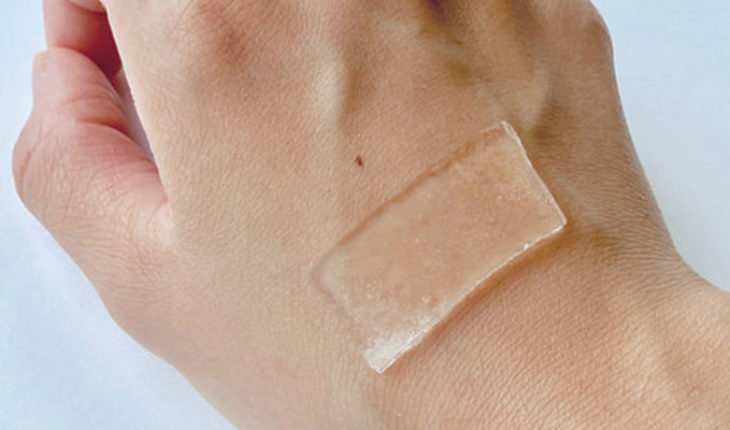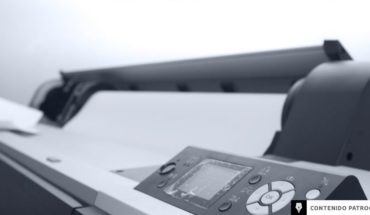Photography/
World.- A team of researchers from the Wyss Institute of Biological Inspiration Engineering at Harvard University and other American institutions have developed a new system to accelerate wound healing based on sensitive hydrogels are mechanically active, elastic, resistant and antimicrobial. And they’ve been called active adhesives (AAD).
The technology has the potential to be used not only for skin lesions, but also for chronic wounds such as diabetic ulcers. These new ‘Band-Aids’ can close wounds significantly faster than other methods and prevent bacterial growth without the need for any additional device or stimulus, the study authors that have been published in the last issue of the Science Advances journal.
“Technology has the potential to be used not only for skin lesions, but also for chronic wounds, such as diabetic ulcers, and as components of drug delivery devices,” says David Mooney, one of the authors of the Work.
AADs are inspired by developing embryos, whose skin is able to be completely cured, without forming scar tissue. To achieve this, embryonic skin cells around a wound produce fibers made from the actin protein that contract to bind the edges of the wound, such as a bag of closed laces. Skin cells lose this ability once the fetus develops after a certain age, and any injury that occurs after that time causes inflammation and healing during the healing process.
To mimic the contractile forces that close the wounds of the embryonic skin, the researchers expanded the design of the previously developed resistant adhesive hydrogels and added a heat-resistant polymer known as PNIPAm, which repels repels water and contracts at about 33 oC.
The new dressing is inspired by developing embryos, whose skin is able to heal completely without forming scar tissue
As the authors detail, the resulting hybrid hydrogel begins to contract when exposed to body temperature. In addition, silver nanoparticles have been incorporated to provide antimicrobial protection.
Adhesive force
“The new dressing joined the pigskin with more than ten times the adhesive strength of a conventional Band-Aid and prevented bacteria from growing, so this technology is already significantly better than most used wound protection products commonly, even before considering its wound-closing properties,” says Benjamin Freedman, another of the authors.
To confirm its effectiveness in closed wounds, the researchers tested the new dressings in mouse skin and found that it reduced the size of the wound area by 45% compared to untreated samples, and closed the lesions faster than others treatments, including microgels, chitosan, gelatin and other types of hydrogels. AADs also did not cause inflammation or immune responses, indicating that it is safe for use in living tissues.
Source: SINC
translated from Spanish: Researchers develop a “curite” that accelerates healing
July 25, 2019 |





